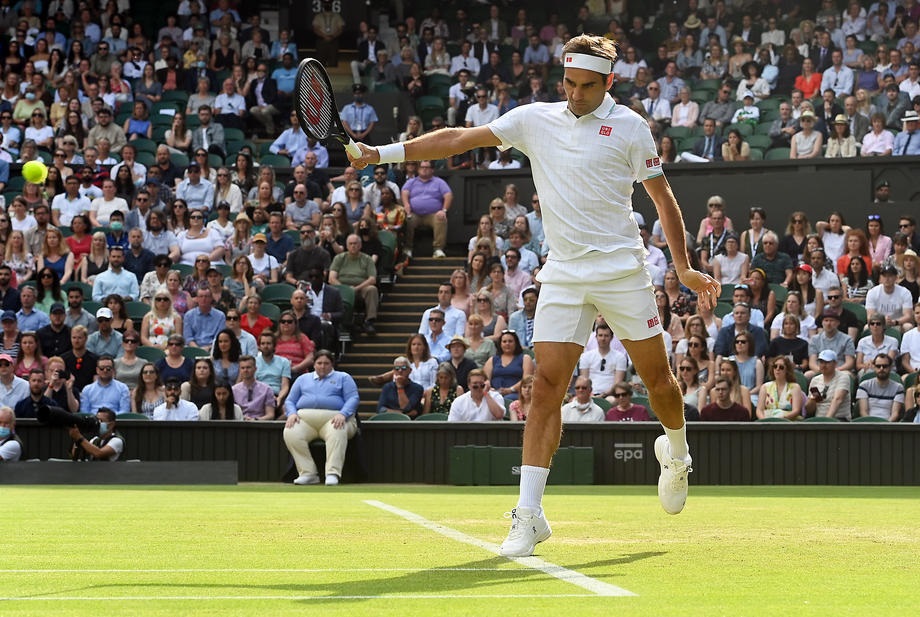- Mubadala Citi DC Open Men’s and Women’s Tennis Draws
- Paris Olympic Tennis Draws and Order Of Play for Saturday, July 27, 2024
- Kitzbuhel Generali Open Draws and Order of Play for Friday, July 26, 2024
- Paris Olympic Tennis Singles and Doubles Draws
- Croatia Open Umag Draws and Schedule for Friday, July 26, 2024
- Atlanta Open Draws and Order of Play for Thursday, July 25, 2024
- Croatia Open Umag Draws and Schedule for Thursday, July 25, 2024
- Laver Cup Tennis 2024 Is in Berlin September 20-22 • Almost all the top men’s players will be playing
- Coco Gauff Named Team USA Flag Bearer for Olympic Games
- Kitzbuhel Generali Open Draws and Order of Play for Wednesday, July 24, 2024
- Croatia Open Umag Draws and Schedule for Wednesday, July 24, 2024
- Atlanta Open Draws and Order of Play for Tuesday, July 23, 2024
- Fils upsets Zverev for Hamburg title, Borges beats Nadal in Bastad
- Kitzbuhel Generali Open Draws and Order of Play for Tuesday, July 23, 2024
- Croatia Open Umag Draws and Schedule for Tuesday, July 23, 2024
Sir Andy Murray’s Hip “Resurfacing” Documentary
- Updated: December 5, 2019
By Alix Ramsay
It started off as a straight forward story about a bloke with a sore hip. He was a tennis player, his hip was too sore to play so he has surgery to fix it, rehabbed for a bit and got back to playing again. Well, that was the plan, anyway.
But “Resurfacing”, the story of Andy Murray’s 18-month journey from that first operation at the start of 2018 through six months of recovery and rehab and on to the realisation that the surgery had not worked, that his career was probably over, tells a much bigger story.
By Christmas last year, Murray had finally accepted that he could not go on. In constant pain, the simple act of walking was excruciating; playing top level tennis was now beyond him.
At the end of January 2019, he opted to have another operation, a far more radical procedure, to “resurface” his ailing hip. The main reason for this was just to be able to do what any 31-year-old father of two young children would want to do: to play with his kids, to walk his dogs, to put on his socks – and do it without wincing in agony.
We see all of this is the film, but we also see a side of the very private Murray that he had, until now, kept to himself and his family. This is Murray laid bare.
We have all heard sportsmen talk about their love for their chosen career – who wouldn’t love something that pays you millions of pounds, allows you to wear shorts to go to work and expects nothing of you other than you run around a bit and biff a ball? But in Resurfacing, Murray reveals so much more (possibly more than he expected) – he doesn’t just love tennis, it is not just his job, it is an essential part of him.
His fight to come back from that second operation, to do everything in his power to prolong his career for just a little longer, explains something of the complex character we have watched for the past 14 years. Yes, he growls and curses on court; yes, he can be a right grumpy sod at times…but beneath that exterior is a driven man, a sensitive man and a man who, at times during the 18 months chronicled in this film, looked utterly lost when his career seemed over.
It is hardly a plot spoiler to say that the story ends well – but Murray had no clue that that would be the case as the story unfolded.
The idea for the film came from the former world No.1. He thought it might be interesting for sports fans to see an elite athlete go through the process of recovery from a major injury (hence the initial plot line: man has injury, man gets injury fixed, man gets back to work). He asked Olivia Cappuccuni, who just happened to be his brother-in-law’s girlfriend, if she would be interested in making such a film and she said yes.
Cappuccuni started filming his every move, every day. But as the rehab didn’t go as well as expected, as the return to playing didn’t go as well as expected and as Murray’s progress ground to a painful halt, the six-month project turned into an 18-month epic.
Relaxed in front of the camera (he was talking to a family friend, after all) Murray is honest and open about everything. But it is when he is alone that the film reveals most about its subject.
When he talks to the camera after his gruelling three-set, three-hour win over Marius Copil that finished in the early ours of the morning in Washington last year, he is alone in his bedroom. He won, but his hip was as bad as it had ever been.
“I feel like this is the end for me,” he says tearfully. “I was hoping to feel better than this after 16,17 months but it was a really emotional night for me because I felt like I’m coming to the end and I’m really sad about that. Because I want to keep going but my body is telling me “no” so it hurts. And, yeah, I’m sorry that I can’t keep going.”
Then there is the voice message he leaves for Cappuccuni. He can’t bring himself to talk face-to-face with her about the subject matter but he explains, alone, about the day in 1996 when Thomas Hamilton broke into Dunblane Primary School and shot dead 16 children and one teacher before turning the gun on himself.
Murray was at school that day. He tells how he knew Hamilton, how the memory of that day stays bottled up inside him; how, in the months after, his parents divorced and then his brother, Jamie, moved away from home to follow his own tennis career. At first, the anxiety attacks related to all these events meant that he could often barely breathe on the tennis court but that after, the sport became an escape from all that had happened. That is when we see what tennis really means to Andy Murray.
“I feel like tennis allows me to be that child,” he says, “that has all of these questions and that’s why tennis is important to me.”
But the film does end on a high. Slowly, painfully and carefully he recovers from his resurfacing procedure and returns for the Fever Tree Championships at Queen’s Club. Partnering Feliciano Lopez, he wins his opening match (the pair would go on and win the title) and he delivers the best quote of the whole film: “No pain. I feel like I’ve won.”
If you like sport, you will like this film. If you like tennis, you will like this film. And if you like Andy Murray, you have to watch this film.
Resurfacing is available on Amazon Prime Video
🎾🎾🎾






